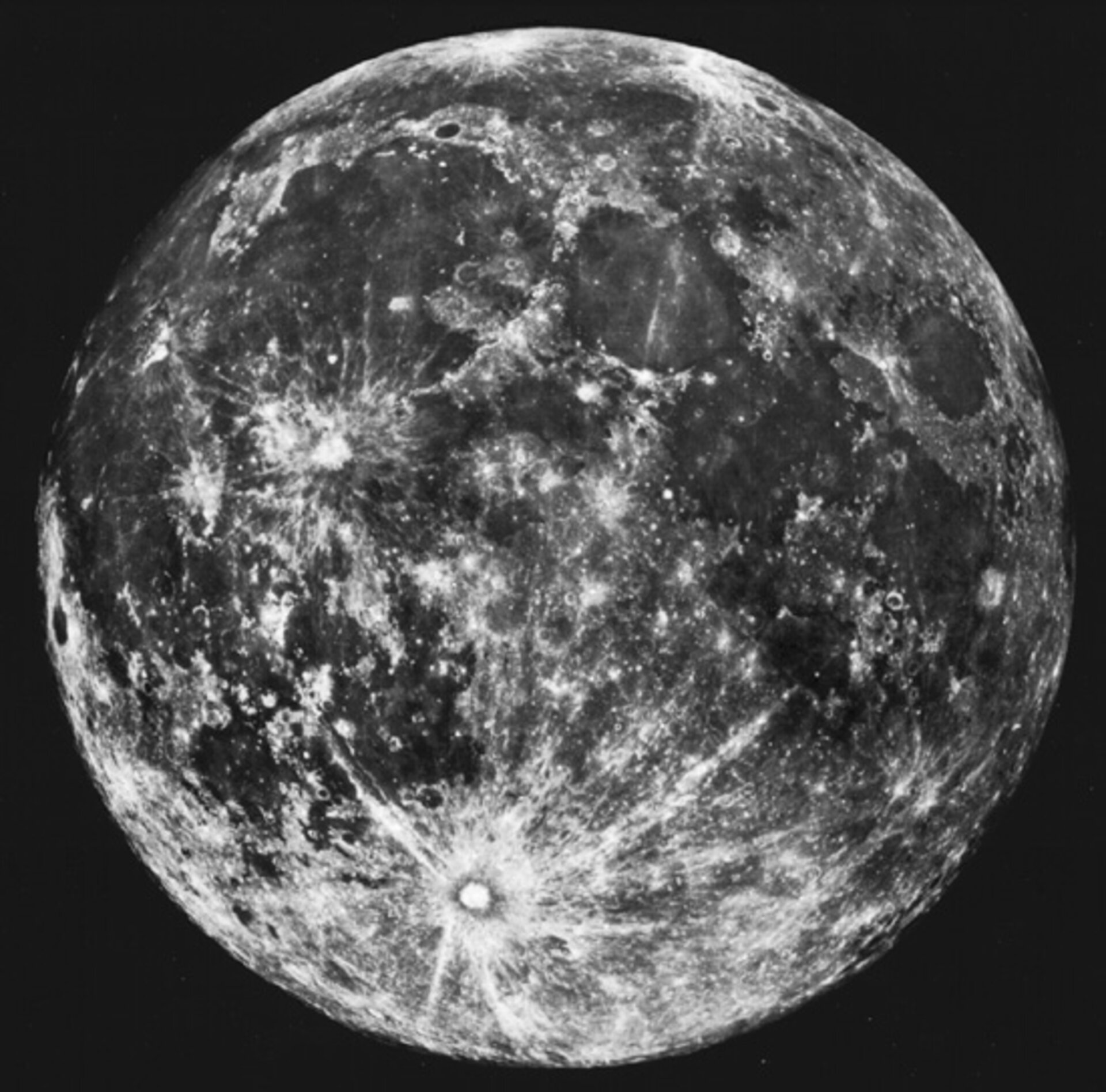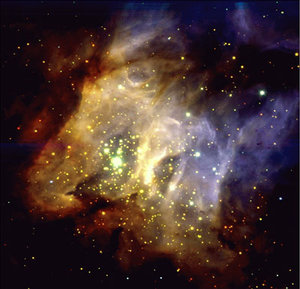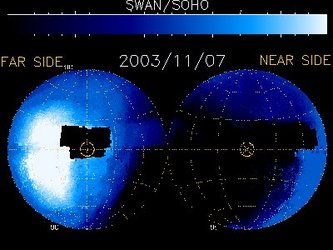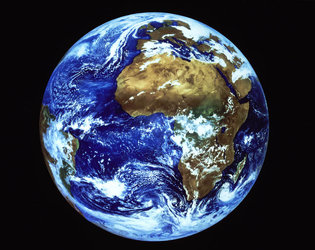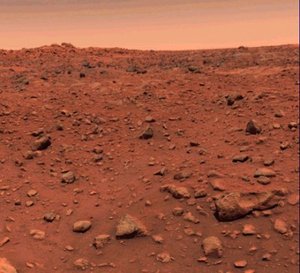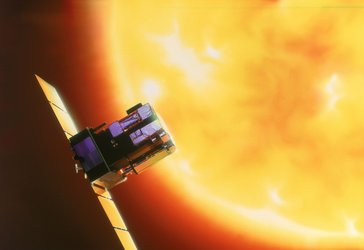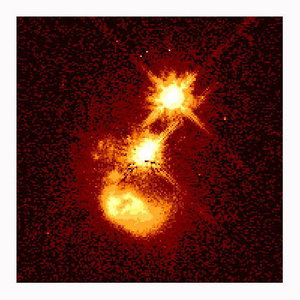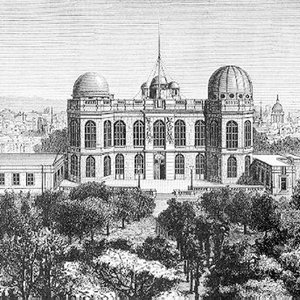24 June
1975: On 24 June 1975 a Moon tremor, detected by the Lunar Seismic Network, was caused by a strike of Taurid meteors. Seismometers had been left on the Moon's surface by American Apollo astronauts.
At the end of June 1975, they registered their major series of lunar impacts as the Moon was bombarded with numerous one-tonne meteorites. At the same time, activity was detected in Earth's ionosphere.
The Taurid meteor storm crosses Earth's orbit twice a year, during the period 24 June to 6 July and the period 3 November to 15 November.
1915: On 24 June 1915, Sir Fred Hoyle was born.
Hoyle was an English mathematician and astronomer, best known as the foremost proponent and defender of the 'steady-state' theory of the Universe. This theory holds both that the Universe is expanding and that matter is being continuously created to keep the mean density of matter in space constant.
Although he invented the term 'Big Bang' as a derisory term for the opposite theory of the Universe, his view of a steady-state Universe was shared by fewer and fewer scientists because of new discoveries.
1881: On 24 June 1881, Sir William Huggins made the first photographic spectrum of a comet (1881 III) and discovered that the comet emitted cyanogen at violet wavelengths. Cyanogen is one of the cyanide group of chemicals.
This fact caused hysteria 29 years later as Earth passed through the tail of Comet Halley and some people worried about the effect of this for life on Earth.


